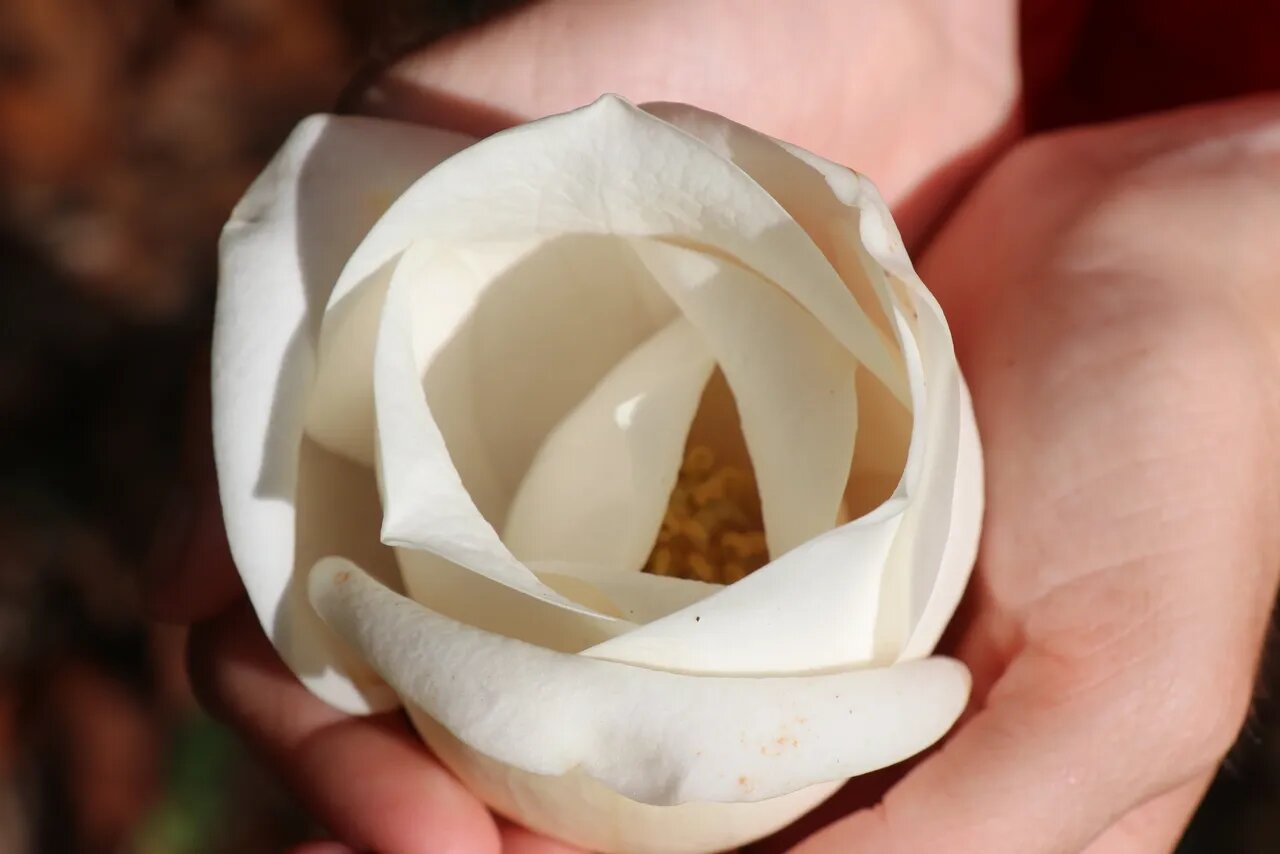Magnolia, an Underused Herb in the Southeast!
Jun 09, 2021
Everyday in America, medicine grows among us unnoticed and untouched. Everything we need for our health and well-being is already here beneath our feet. No herbal imports needed. Grand magnolia, known as the "Tree of Peace" by Southeast Indigenous Nations, is loaded with medicinal virtues known to help reduce fever, relieve stomach disorders, ease anxiety, and to help relieve inflammation. Yet very few herbalists practice with its medicine.
For me, our disconnection with this herb and many other native herbs, highlights our disconnection to the natural world. It highlights the past removal of indigenous people and the lost of indigenous knowledge via forced assimilation. Because Magnolia species grow around the world, I have researched for hours how this genus is used for medicine.
My two favorite Magnolia species are Sweet Bay (Magnolia virginiana) and Grand Magnolia (Magnolia grandiflora). Both of these species are used similarly. The bark is a bitter aromatic. All you have to do to experience Magnolia medicine, is go for a walk, find a magnolia tree (give thanks), cut a small twig or stem, and chew a little piece of the outer bark. You are going to be AMAZED by the bitter and aromatic quality of the bark. The bitter aromatic taste is the MEDICINE.
Historically, Magnolia bark was used to warm the blood and treat colds. It is considered a diaphoretic and can break a fever. Also, the bark was soaked in brandy to make cough medicine and was used for rheumatism, diarrhea, and fevers. It was actually listed in the U.S. Pharmacopoeia from 1820 to 1894.
The bark and seed oil contain Magnolol and Honokiol, which are phytochemicals known to be antifungal, anticancer, cardioprotective, anti-stress, muscle relaxing, and the list truly goes on. Also, magnolia bark is said to help ease menopause symptoms. The more I practice with and research about Magnolia, the more I want you to know this AMAZING herb...hence this blog post. I cover the medicinal properties and the uses of four Magnolia species in Botanical Medicine Movement https://courses.yaholaherbalschool.com/courses/botanical-medicine-movement-SummerFall because I want students to teach their neighbors and other herbalists about this amazing herb.
There is a reason we are immensely attracted to the Magnolia flower. Just looking at the flower brings peace and contentment.

I make a tincture from the flowers during the spring. It only takes one flower, a half pint mason jar, and a small amount of 80 proof or higher alcohol. Tear the Magnolia flower into tiny pieces with your hands or scissors, place in a small glass jar, cover with alcohol, cap off with a plastic lid or place parchment paper under a metal lid (alcohol will corrode metal), label, and shake for two weeks. After two weeks, the tincture will have this BEAUTIFUL brownish rosey color. Adeline Rawl, a flowering herbalist, said it looks like black tea. After two weeks, strain out the flower petals and funnel into small tincture bottles to share with friends. This is a good tincture for people that suffer from seasonal allergies. I like to use my magnolia flower tincture for meditation because it opens my sinuses facilitating deep breathing and helps calm my mind due to the magnolia aroma. The tree of peace.

